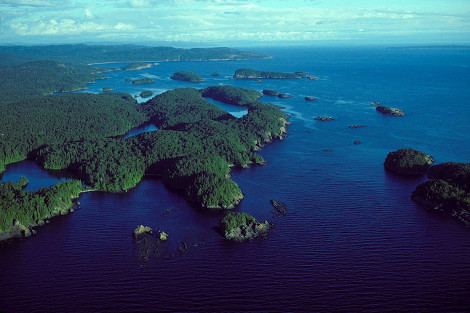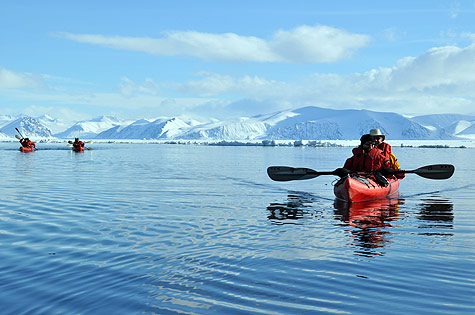This kayak technique article on how to paddle in tidal races was originally published in Adventure Kayak magazine.
On one of my early training trips to Anglesey, Wales, I was paddling out toward Penrhyn Mawr and the biggest water of my life when Nigel Dennis calmly paddled up beside me and said, “Remember, it’s the sea. It’s always worse than it looks.” Unsettled, I watched a two-meter swell roll through the Irish Sea and collide into four knots of current.
In the exploding waves my “highly maneuverable” 16-foot sea kayak felt like a fish in molasses. I’d sweep five or six times to get lined up with a wave; it would break and push me sideways and then I’d have to start all over again. I was all at once frustrated with my boat handling, nervous about the sea state and excited about being there.
The last few years have seen more and more paddlers enjoying tidal races like Penrhyn Mawr, Skookumchuck Narrows, Shubenacadie River, The Bitches, Deception Pass and others. Like paddling in the surf or wind, tidal water presents lots of mental and physical challenges and an equal amount of fun. Here are some basic concepts to ease you into the excitement of tidal rapids, including skills you can practice on flatwater anytime.
Paddle anything that moves
If you don’t have access to a tidal race—or even if you do—start out by paddling river whitewater at a moderate grade such as Class II. You’ll be surprised how accessible whitewater is and how much it improves your sea kayaking skill. This is one of the best ways to fast-track the water-reading skills you’ll need in tidal rapids.
Learn the environment
Perhaps the single most important skill in tidal race paddling is predicting how the water is going to affect your boat. Water- reading skill-level is directly proportionate to your cockpit time in moving water, so don’t get too frustrated if you can’t put your boat exactly where you want the first time.
Seek mentors to push you
To be an effective and efficient paddler in tidal races, you have to be comfortable and confident. The best way to safely increase your confidence is by paddling with coaches and peers who are capable of taking you into environments that are beyond your comfort level when paddling alone. With others covering the safety and leadership, you can experiment and learn.
Err on the side of edging
Get comfortable with spinning the boat 180 degrees with a series of forward and reverse strokes on flatwater. Edge the boat towards each sweep, using the stroke for support and balance. Increase the amount of edge as far as possible on flatwater. This will teach you to trust a more aggressive edge in moving water.
Chaos-proof your roll
When you add current to the equation, the potential for spending time in a low-oxygen, wet environment increases exponentially. A bombproof roll goes a long way to increasing your confidence and ability to perform. Practice by adding chaos to your flatwater roll practice: flip over mid-stroke and set up for a roll, but allow yourself to fail, capsize again and then switch to roll up on the opposite side; try flipping over with only one hand on the paddle—but first get a good pair of nose plugs.
Ease into leadership
Safe group management is critical in tidal races. Assuming that on the first several outings you have surrounded yourself with strong leaders and coaches, when your confidence increases it’s time to think about safety and leadership yourself. Assess the risks of the tidal venues you would like to paddle, considering the potential dangers as well as the best flows and tides, and whether you and your partners have the skills to resolve any situation that might arise.
BRYAN SMITH is a filmmaker and paddler in Squamish, British Columbia (www.reelwaterproductions.com).
This article originally appeared in Adventure Kayak, Early Summer 2009. Download our freeiPad/iPhone/iPod Touch App or Android App or read it here.







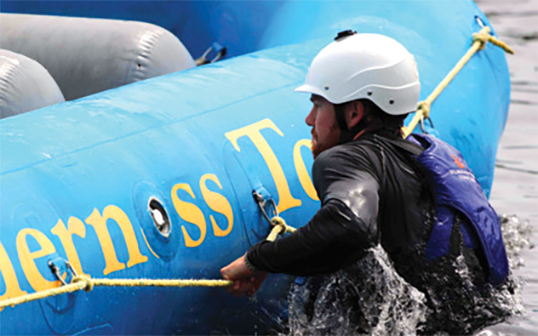
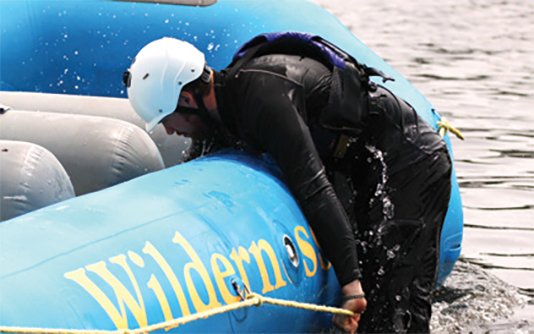
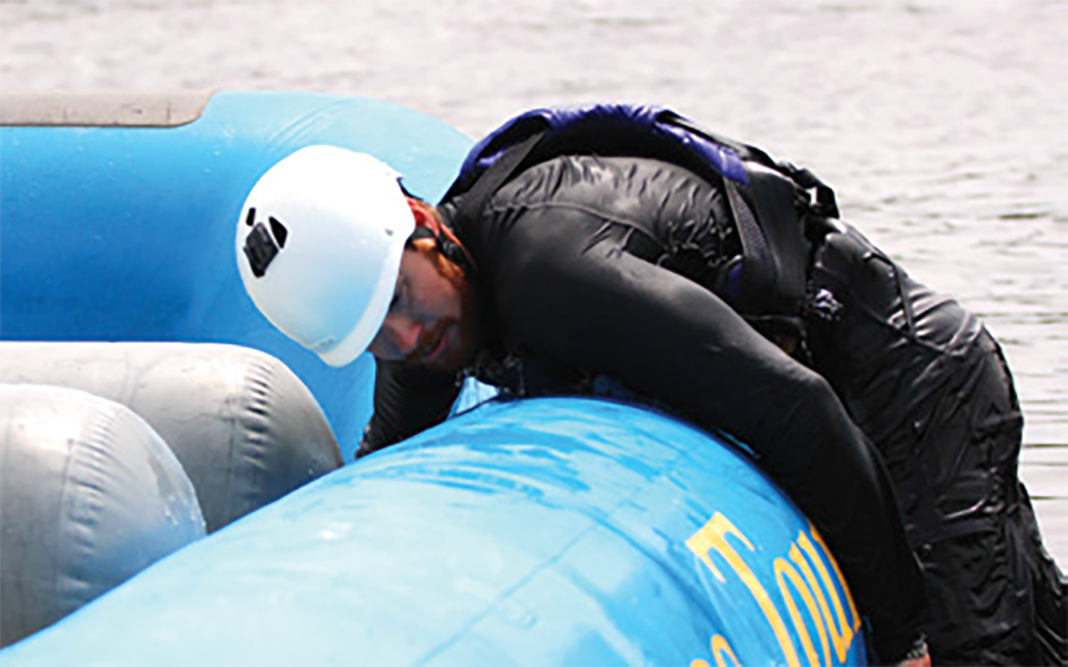




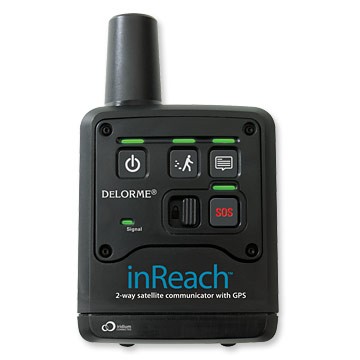 Outdoorgearlab.com took some of the best and most popular emergency electronic devices and used them side-by-side for six months to find out what’s the best for telling your family and friends you are okay and what’s the best for sending out an SOS signal. They compared five of the top emergency electronic devices, one PLB (Personal Locator Beach), three SEND (Satellite Emergency Notification Devices) and one lonely iPhone App. The DeLorme InReach came out on top—read more at
Outdoorgearlab.com took some of the best and most popular emergency electronic devices and used them side-by-side for six months to find out what’s the best for telling your family and friends you are okay and what’s the best for sending out an SOS signal. They compared five of the top emergency electronic devices, one PLB (Personal Locator Beach), three SEND (Satellite Emergency Notification Devices) and one lonely iPhone App. The DeLorme InReach came out on top—read more at 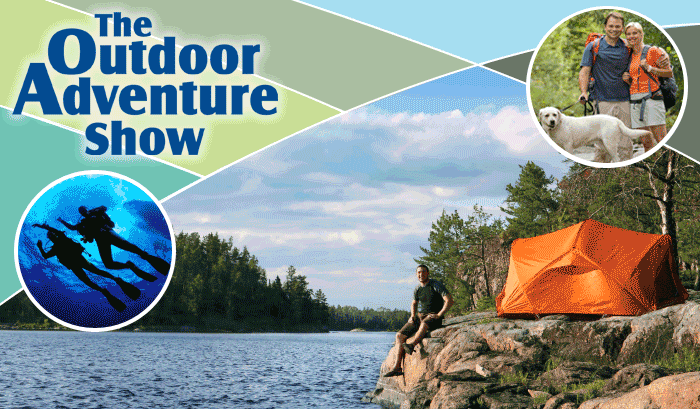
 Mike Cichanowski, owner and founder of Wenonah Canoe, Inc. recently received “The LaBrant Award” from the United States Canoe Association. Originally established in 1980, the award recognizes individuals from both the canoeing public and the outdoor industry, nationally and internationally, that have shown outstanding contributions to the sport of canoeing. Cichanowski was presented the award at the 2013 USCA winter meeting in Tarpon Springs, FL. The award, a limited edition print by nationally known outdoor artist Fred Montague, is named after Howie LaBrant, one of the founders of the United States Canoe Association. Entitled “Quite Passage” it depicts a scene of a couple paddling leisurely on an idealized river. Via
Mike Cichanowski, owner and founder of Wenonah Canoe, Inc. recently received “The LaBrant Award” from the United States Canoe Association. Originally established in 1980, the award recognizes individuals from both the canoeing public and the outdoor industry, nationally and internationally, that have shown outstanding contributions to the sport of canoeing. Cichanowski was presented the award at the 2013 USCA winter meeting in Tarpon Springs, FL. The award, a limited edition print by nationally known outdoor artist Fred Montague, is named after Howie LaBrant, one of the founders of the United States Canoe Association. Entitled “Quite Passage” it depicts a scene of a couple paddling leisurely on an idealized river. Via 

 Mobile device users can now download a free weather app from forecasting upstart, Nooly, to get hyper-local “Nowcasts” for the put-in, takeout, beach or anywhere else in the continental U.S. and southern Canada. Competing with popular weather apps like Dark Sky and The Weather Channel, Nooly stands apart by offering paddlers and outdoor enthusiasts “micro weather” predictions for areas as small as 0.4 square miles (1 square kilometer), updating from real-time satellite data every 5 minutes.
Mobile device users can now download a free weather app from forecasting upstart, Nooly, to get hyper-local “Nowcasts” for the put-in, takeout, beach or anywhere else in the continental U.S. and southern Canada. Competing with popular weather apps like Dark Sky and The Weather Channel, Nooly stands apart by offering paddlers and outdoor enthusiasts “micro weather” predictions for areas as small as 0.4 square miles (1 square kilometer), updating from real-time satellite data every 5 minutes.